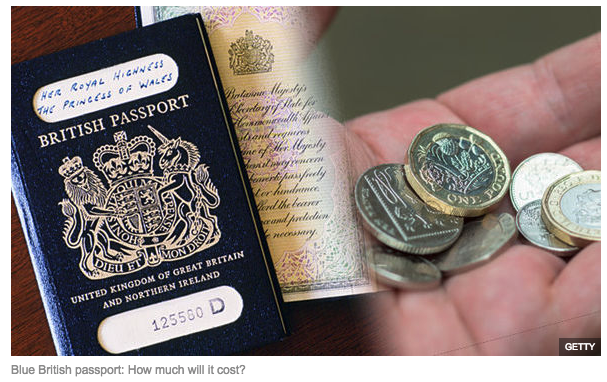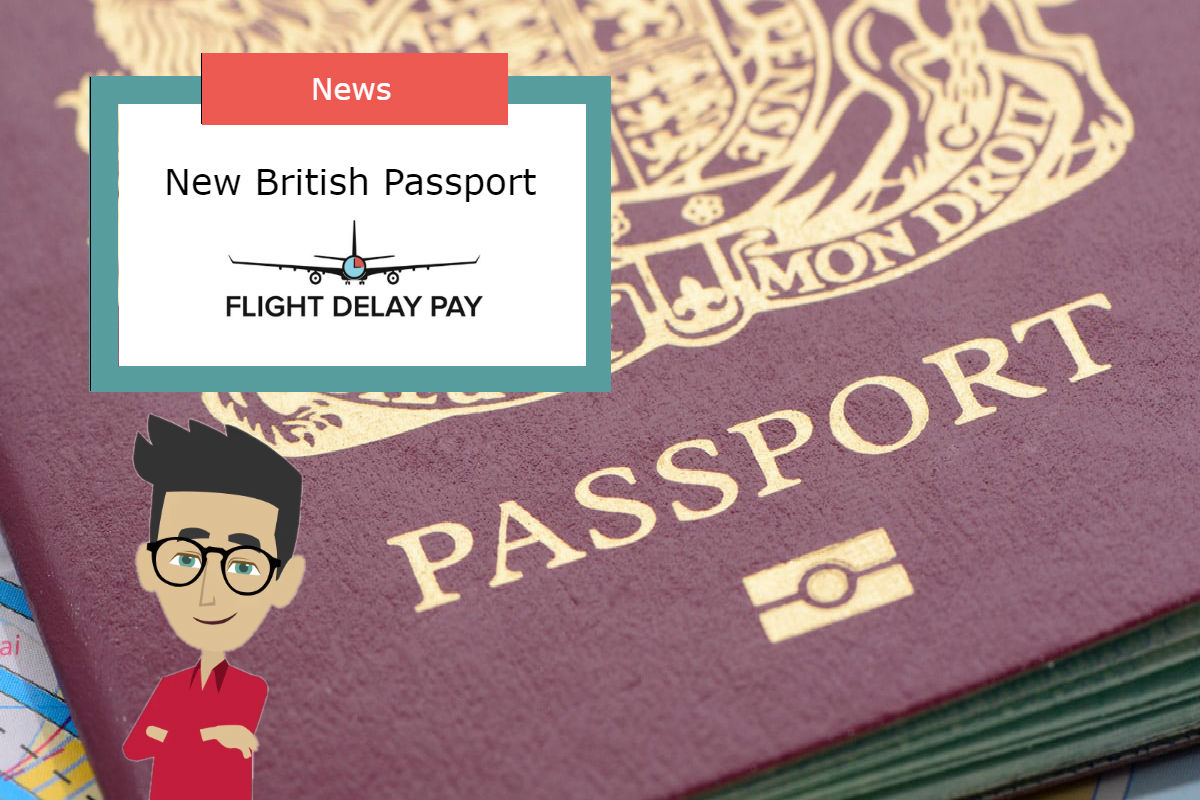With Brexit formally going ahead, Britons are being warned that they may have to apply for a new “blue passport,” to be rolled out next year.
With Brexit formally going ahead, Britons are being warned that they may have to apply for a new “blue passport,” to be rolled out next year. Although many of the details of Brexit are still be to thrashed out, there is a commitment from the Home Office that Britain will return to the blue and gold colour scheme of old.
The current burgundy and gold scheme began in the 1980s as Britain became more closely integrated with the European Economic Community. Soon, after, passports started displaying the symbol “European Union” in addition to the traditional “United Kingdom of Great Britain and Northern Ireland” on the front.
The blue passport, to be released from late 2019, will no longer carry any EU-related insignias, and will instead hark back to the style of passport once ubiquitous before Britain became a member of the trading bloc.

The rules concerning travel to the EU for Britons are yet to be formalised as negotiations are ongoing. Currently, Britain is part of the Schengen Agreement, a pact signed by members of the European Union economic area which allows all citizens in member states to travel freely between countries, if they show a valid passport.
But if Britain leaves the EU under a “no-deal” scenario, then it may be treated as non-EU citizens, meaning that Brits may have to meet additional requirements. Many people are worried that they may have to renew their passports if the EU insists on specific entry requirements, such as having a maximum or minimum time left on the passport.
Currently, non-EU nationals can only enter the EU if their passports were issued in the last ten years and have at least three months left before they expire. When travelling into Europe UK passport holders will in future have to join the Non-EU citizen queue with potentially longer queues read more here about this here “Why Are UK Holidaymakers Facing Longer Security Checks?“.
The new British passport cost will be the same as the current burgundy for new travellers, set at £72.50.

Travellers will not be able to obtain the blue passport immediately after the UK leaves the EU on March 29, 2019. The manufacturer has a contract with the government which states that it will continue producing passports in the burgundy colour until October 2019.
Passports issued between March 30 and the beginning of October will still be burgundy, but will no longer feature the EU marking. From October, Britons will be able to obtain the new blue passport without any references to the EU, a symbol of the reclamation of national sovereignty.
New passport designs are not new. The Home Office commissions a new design every five years or so, as travel requirements change. But the changes in 2019 will have historical significance for the UK.
Some commentators are concerned that there may be a shortage of new blue British passports when they become available later this year. But Her Majesty’s Passport Office says that the new online enrolment process will make the task easier.
The department is moving towards a more automated system to help process larger volumes. The cost of redesigning and producing the new passport was worth more than £490 million to a private supplier.
As for delayed flight compensation, passengers should consider making claims now in case there is a change in the law triggering a flood of historical claims.

